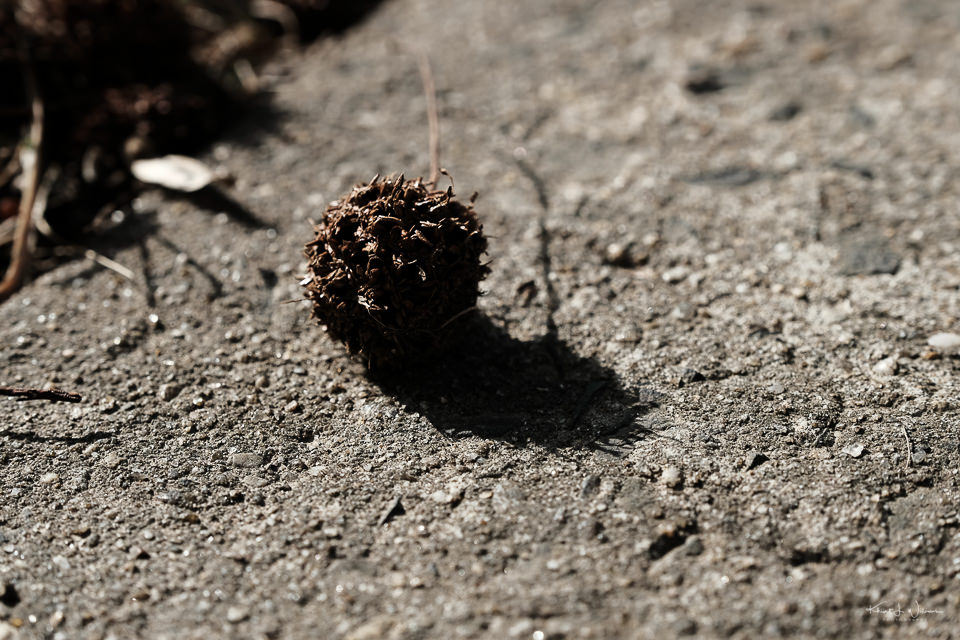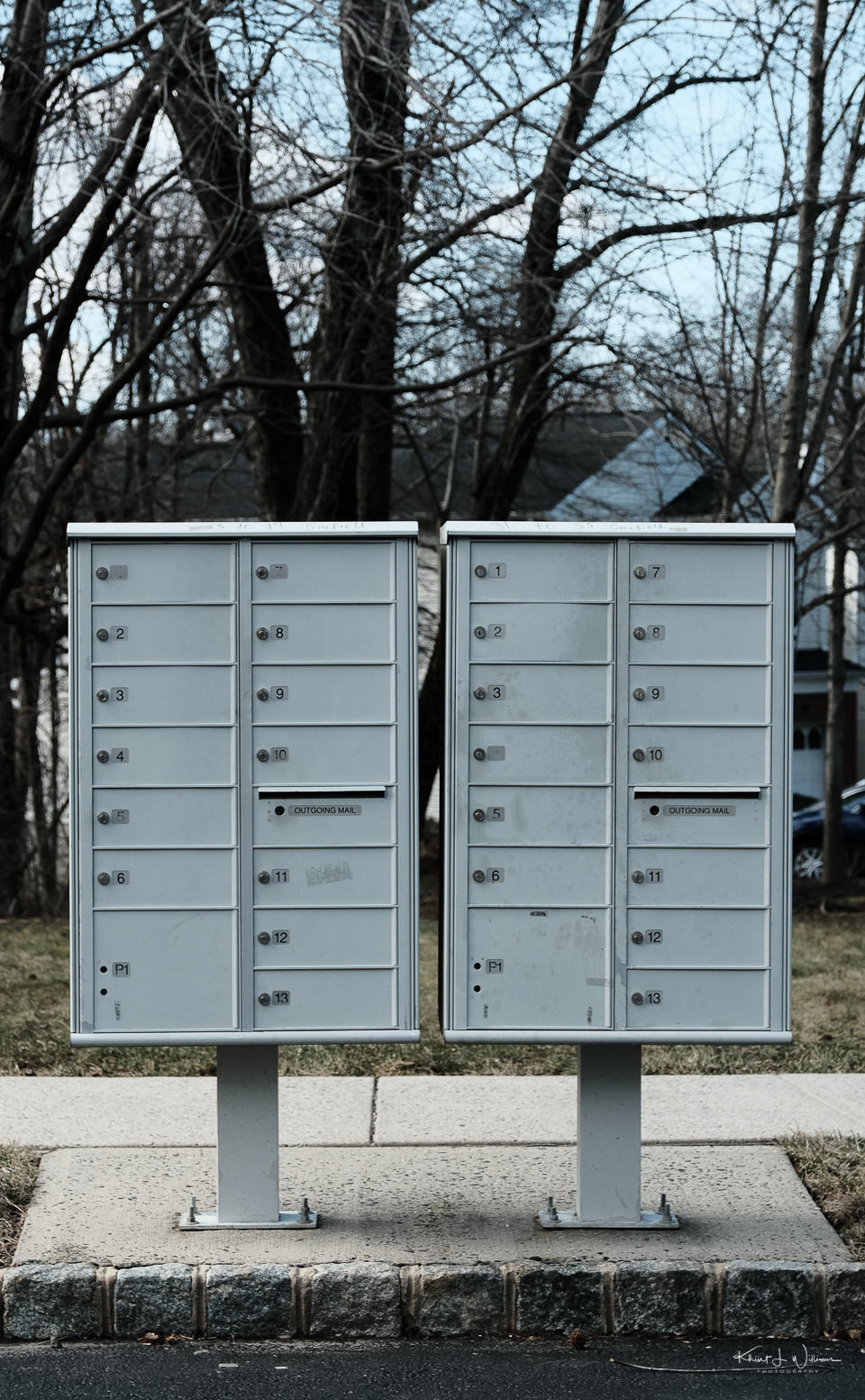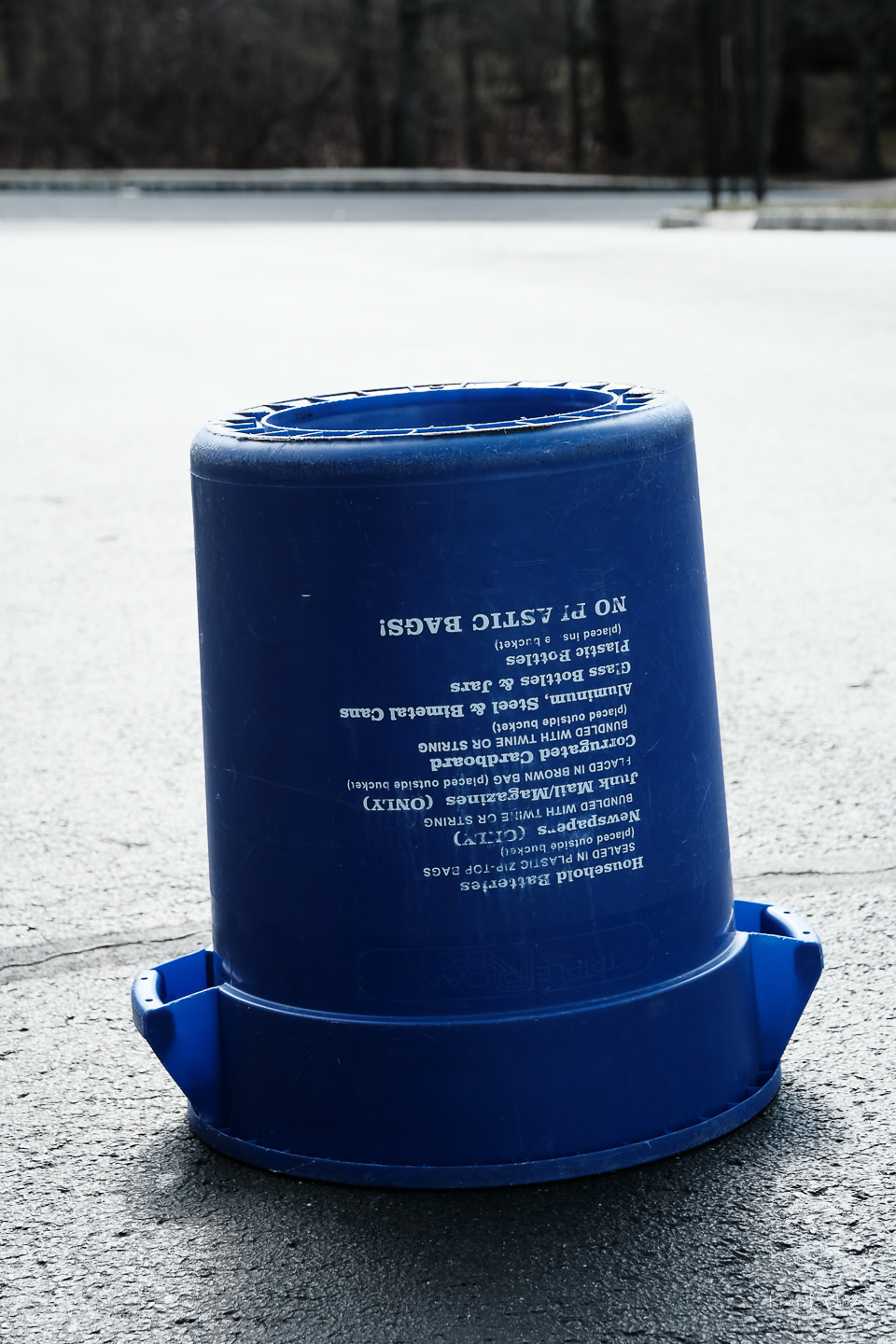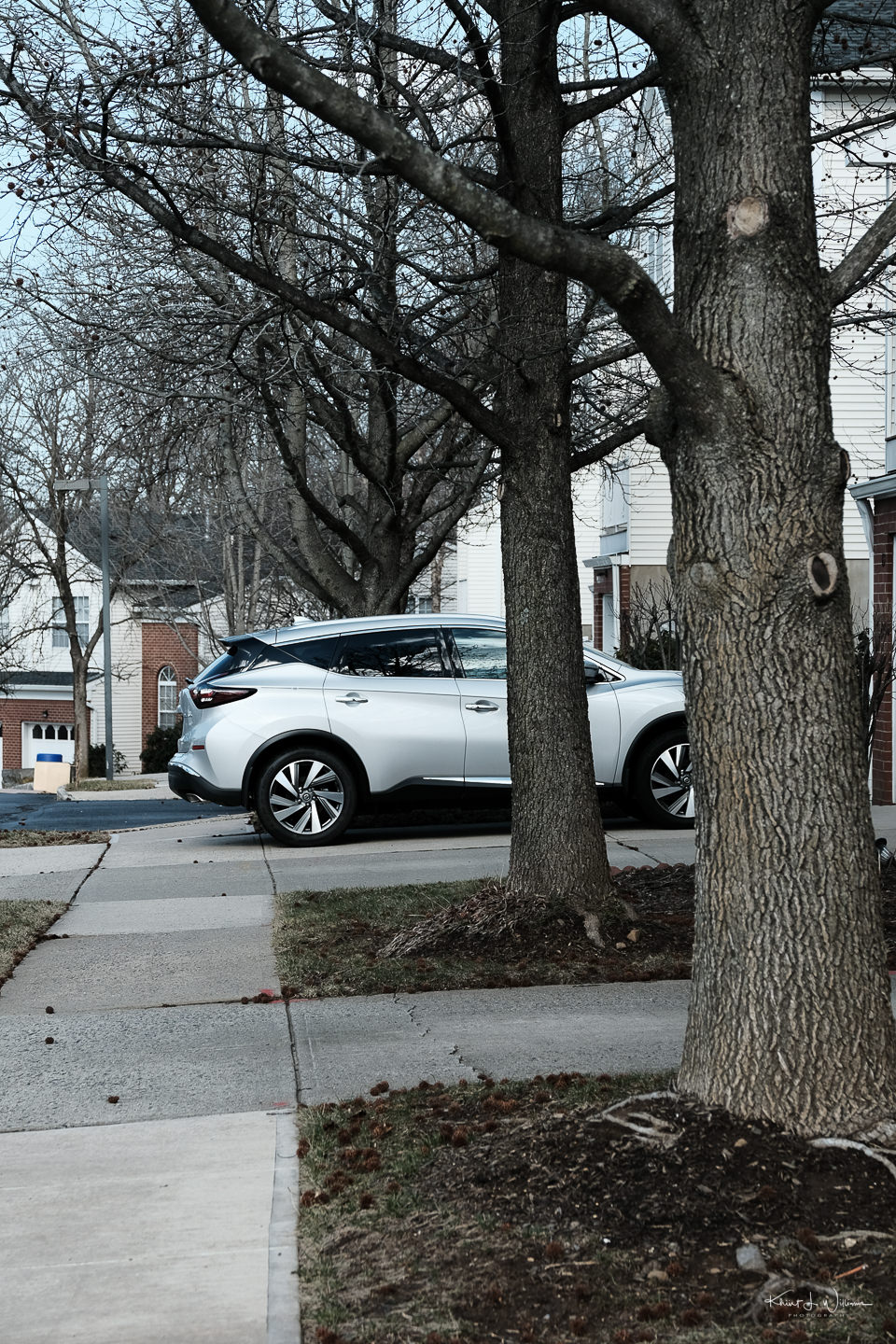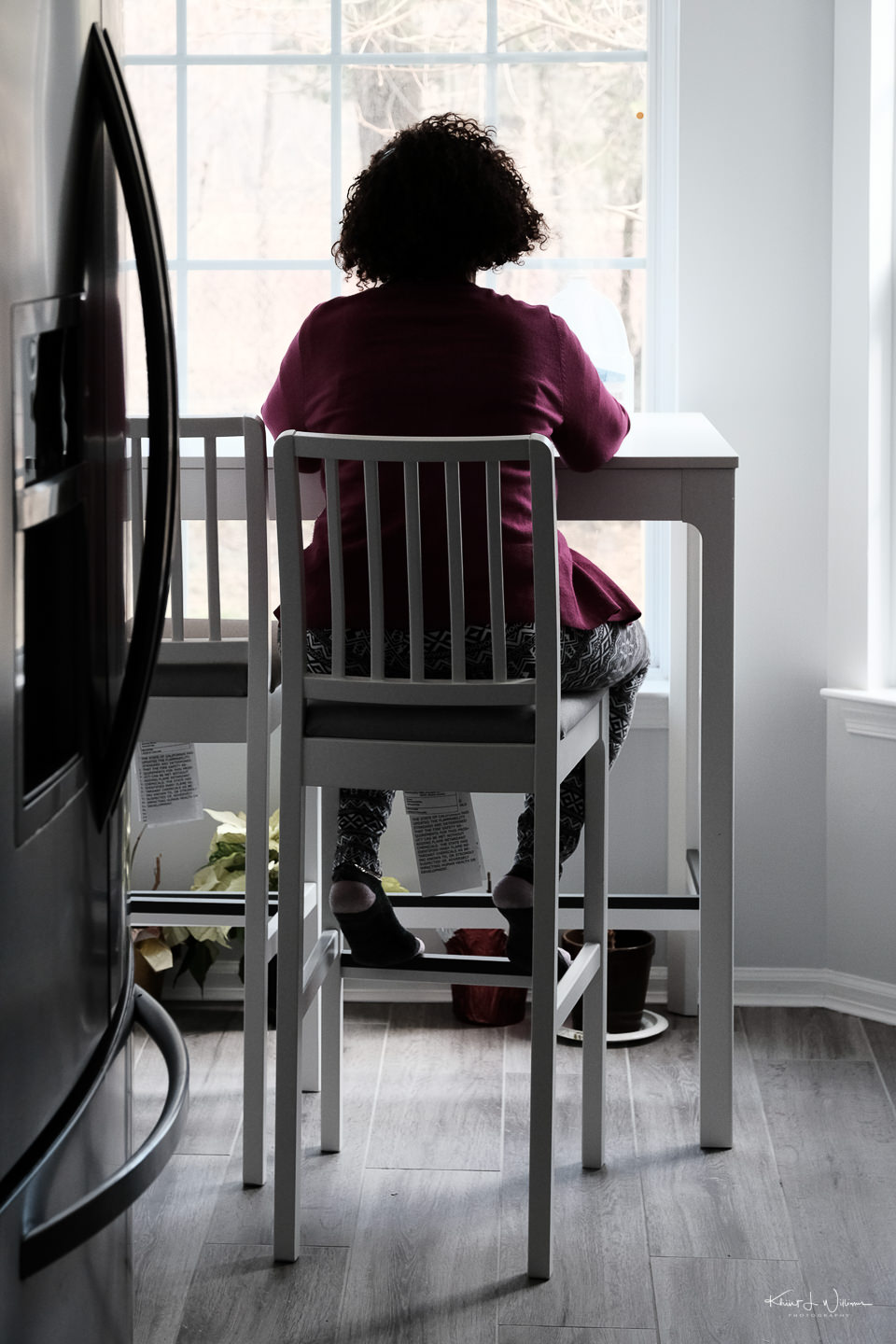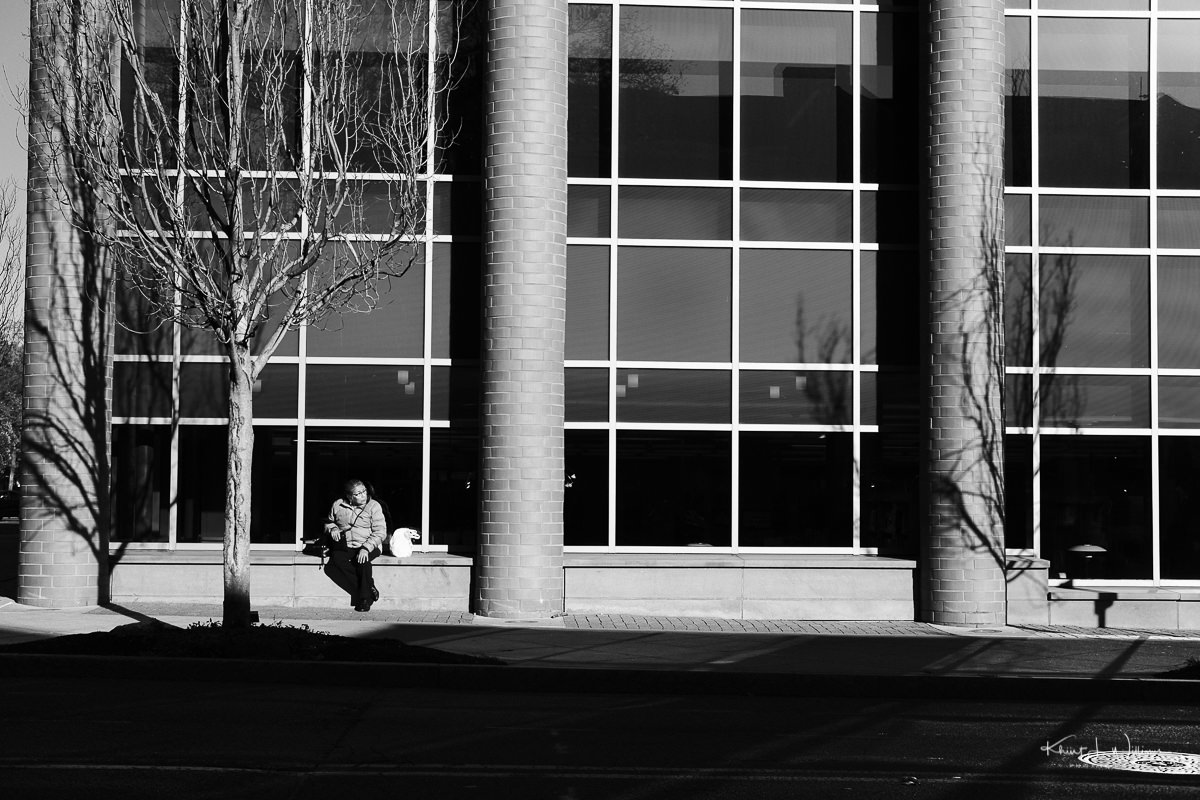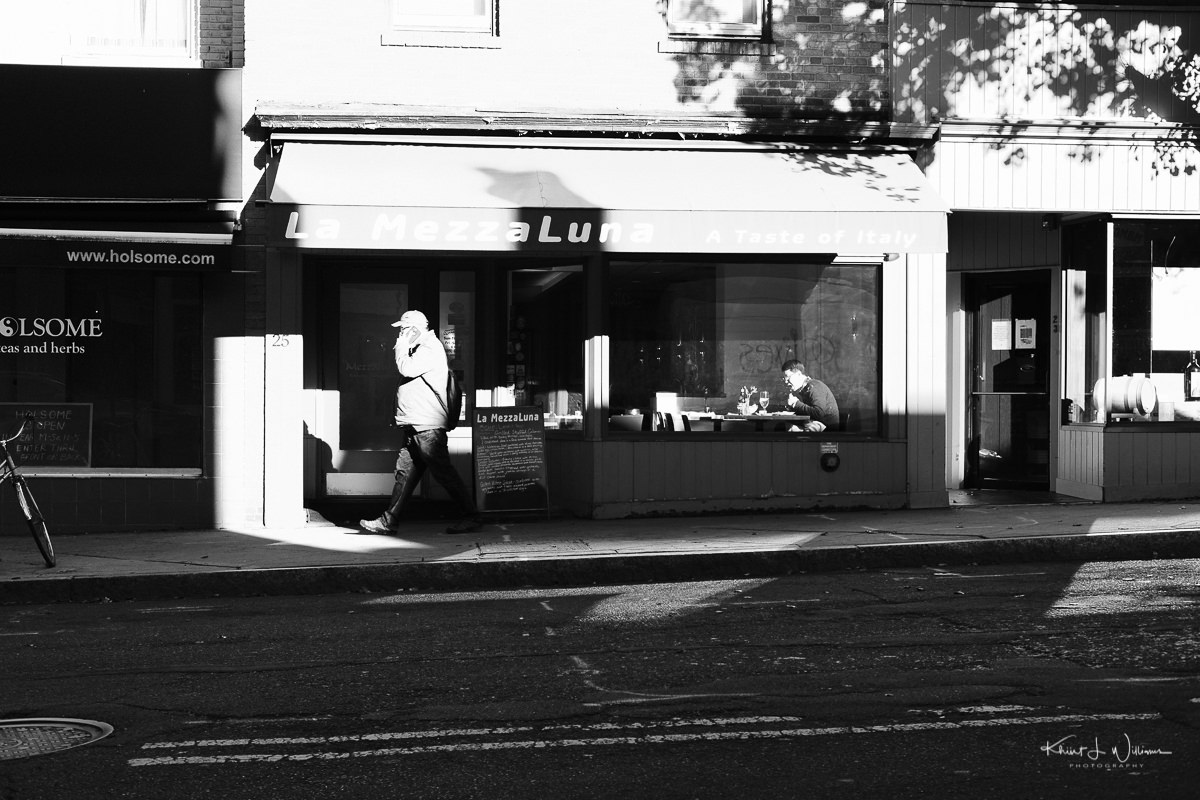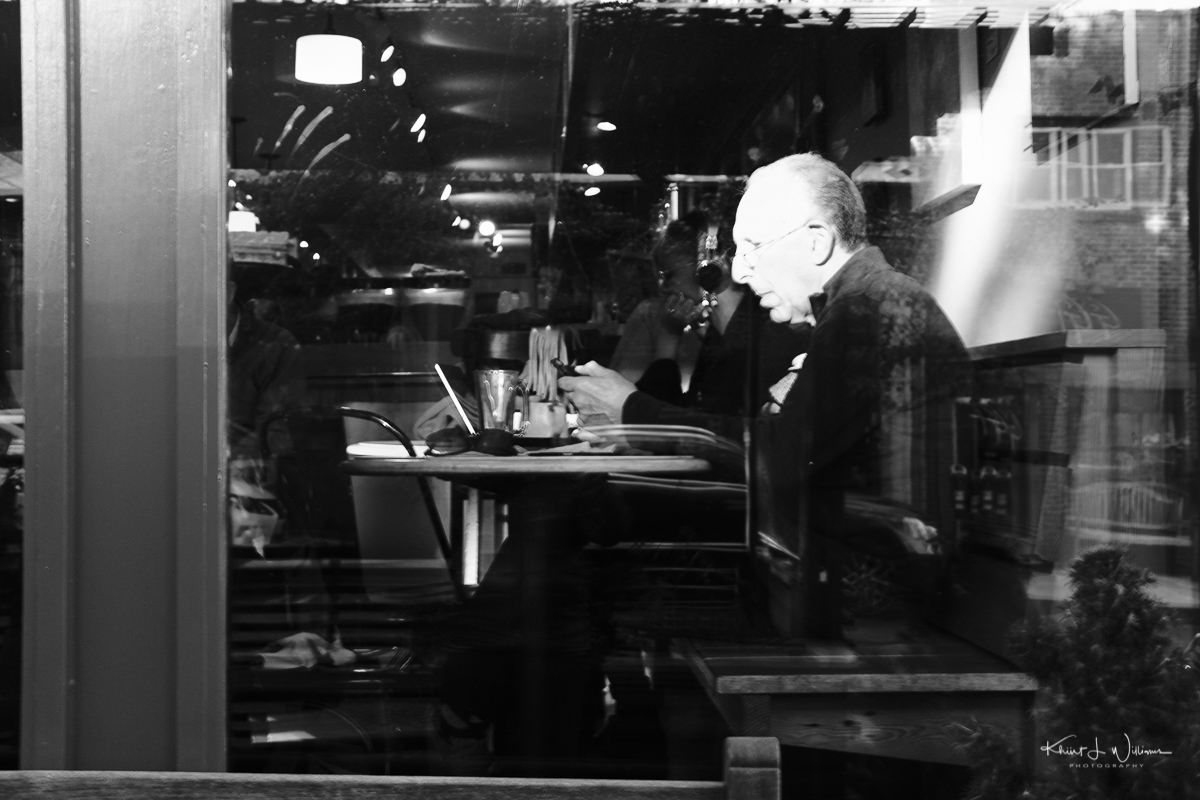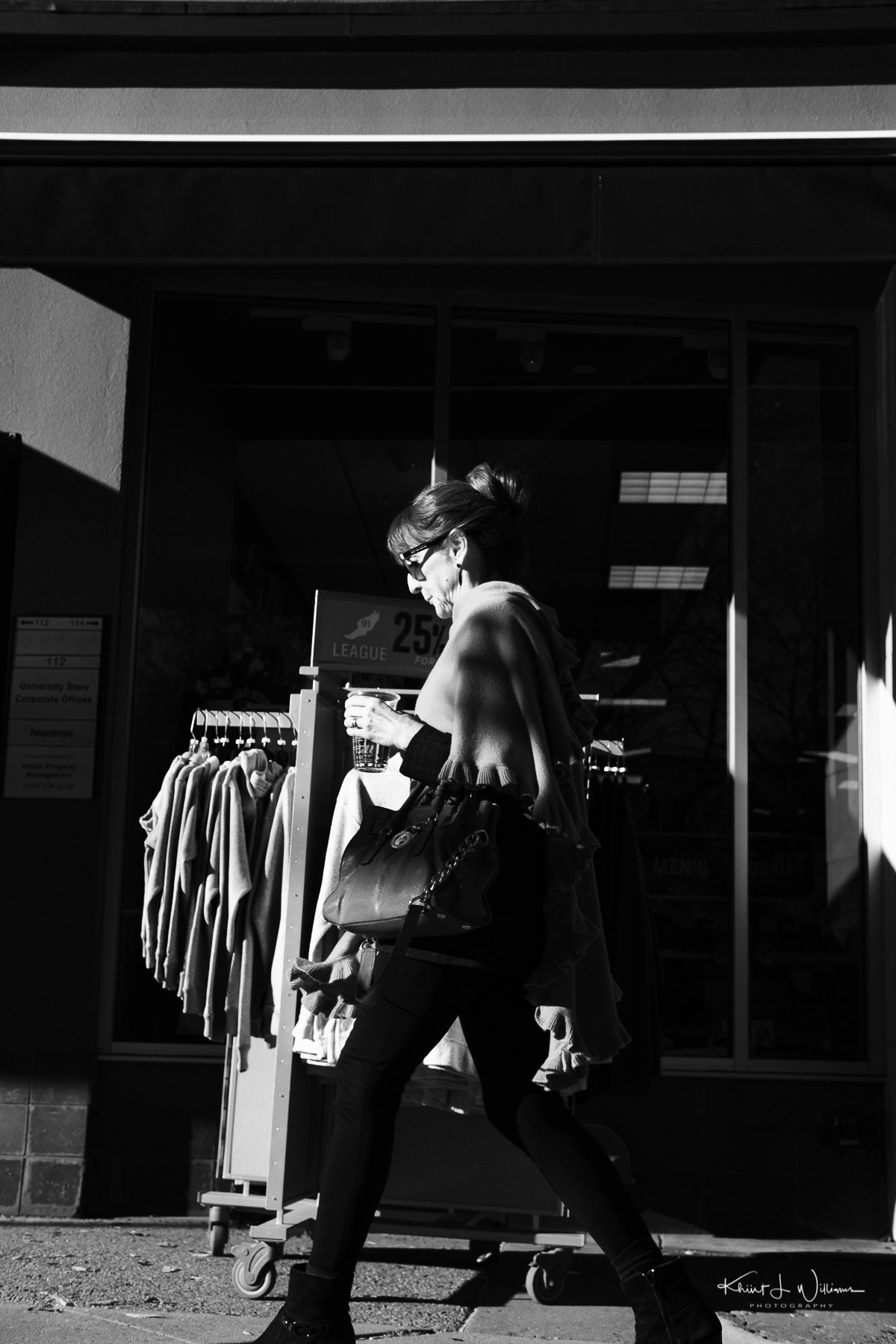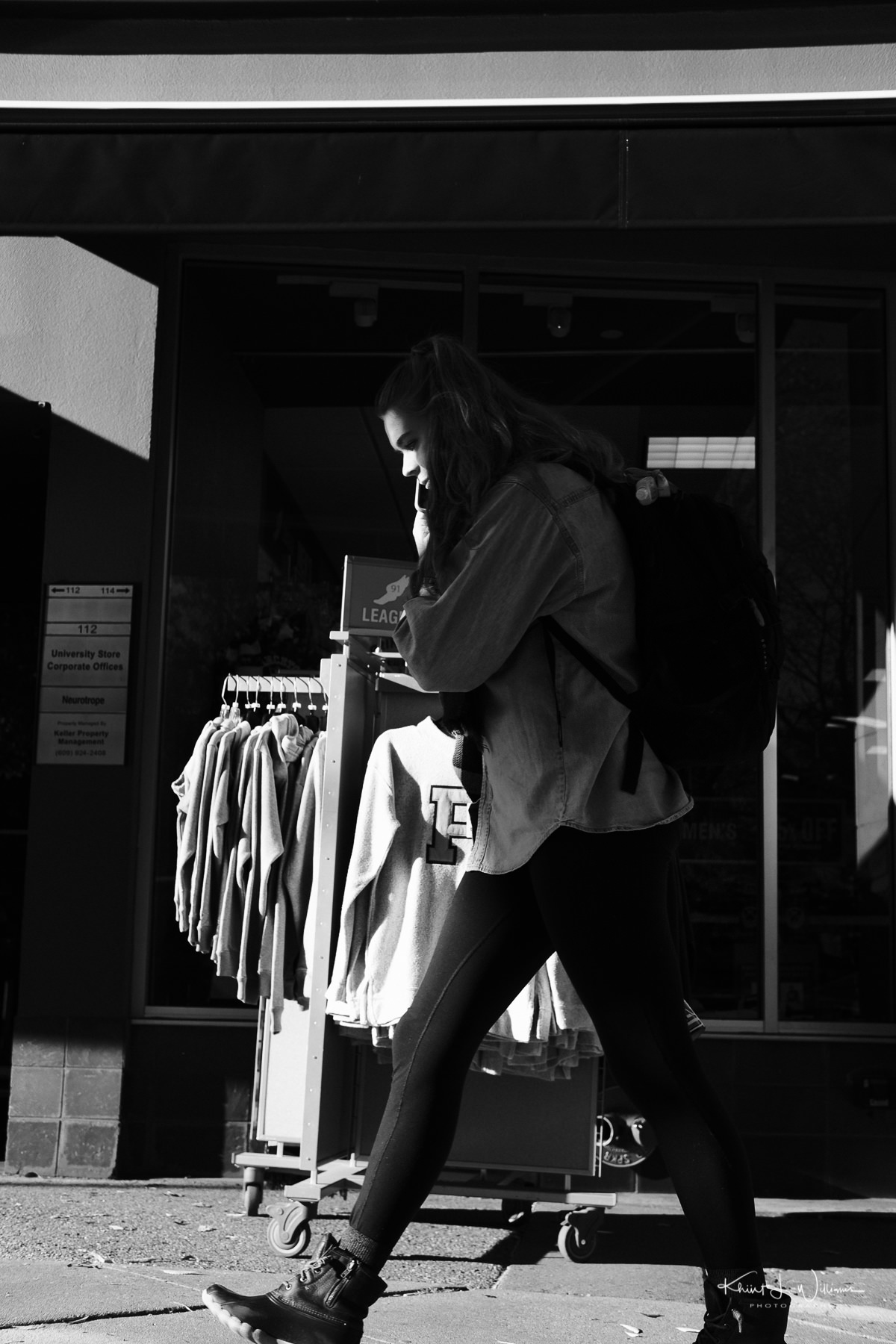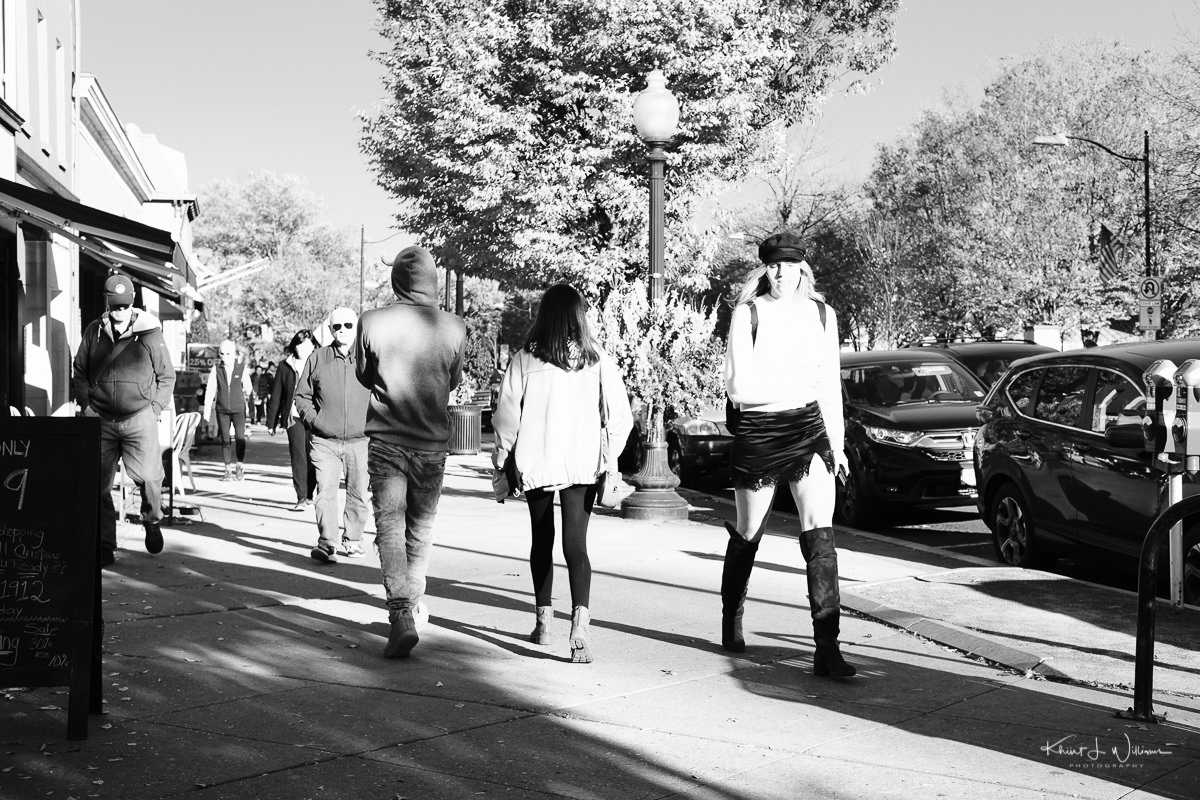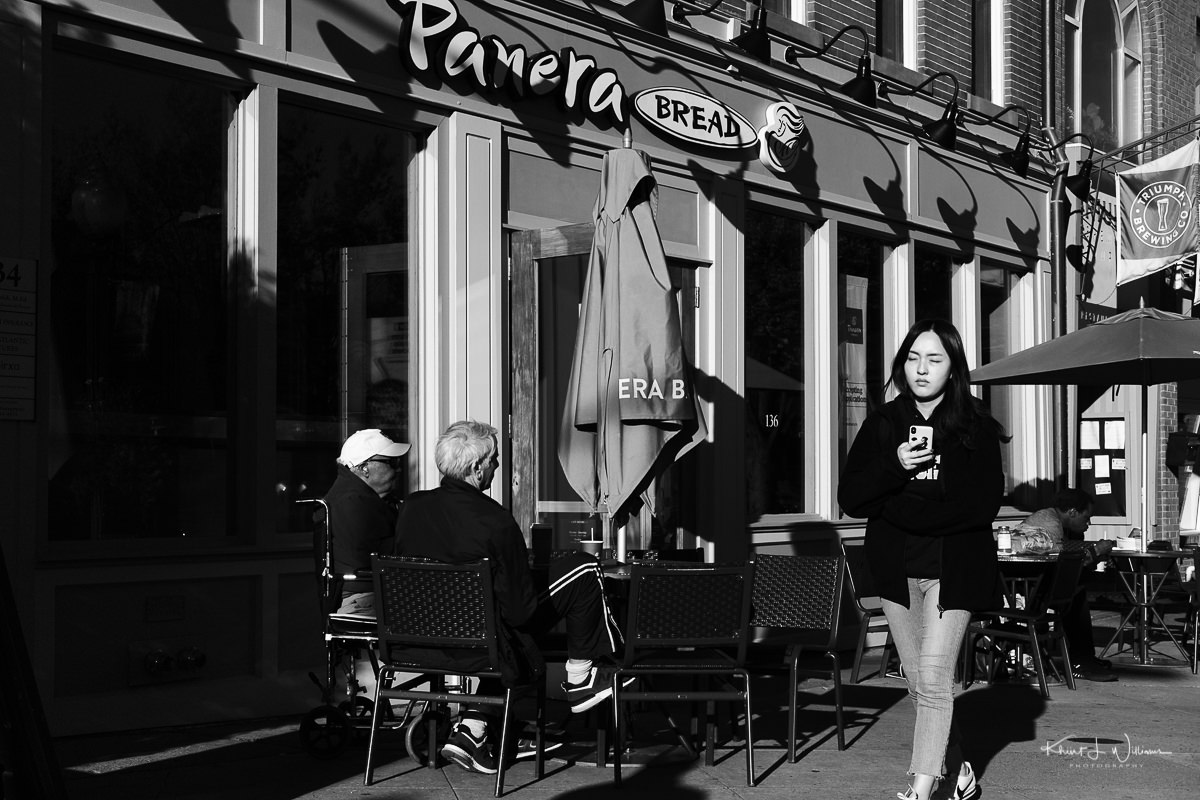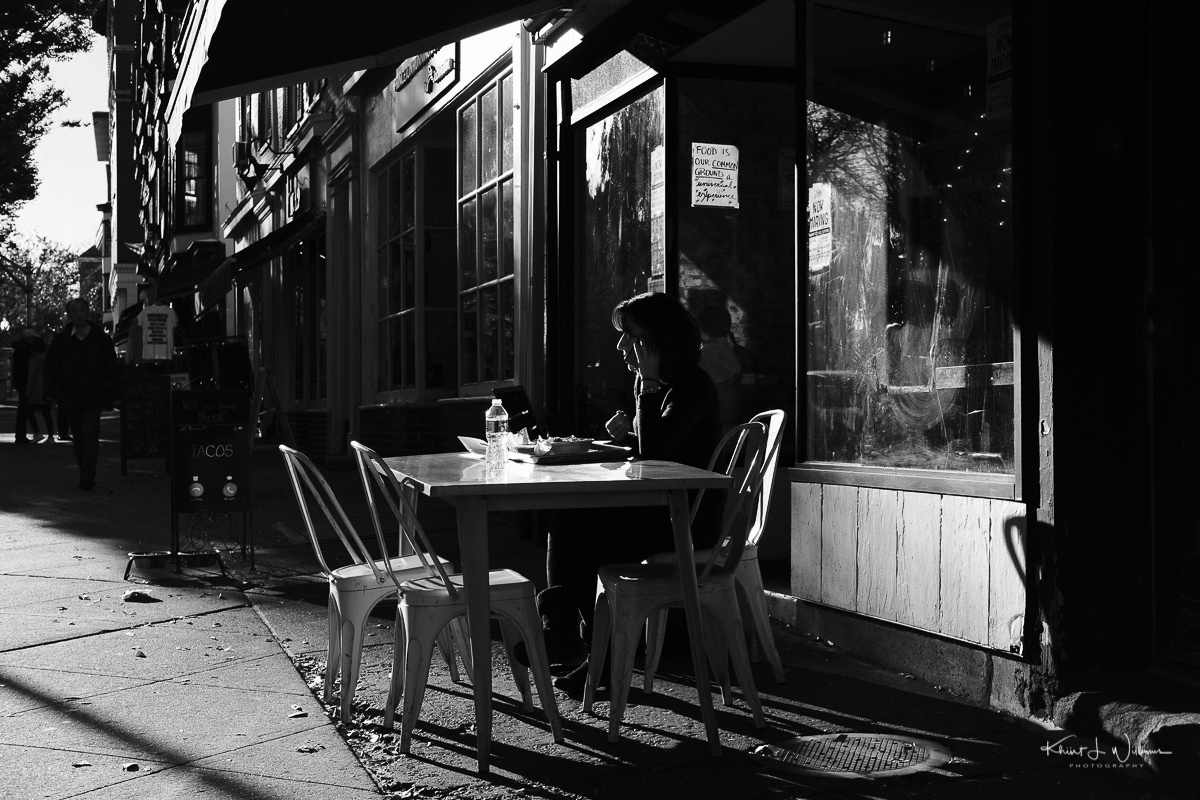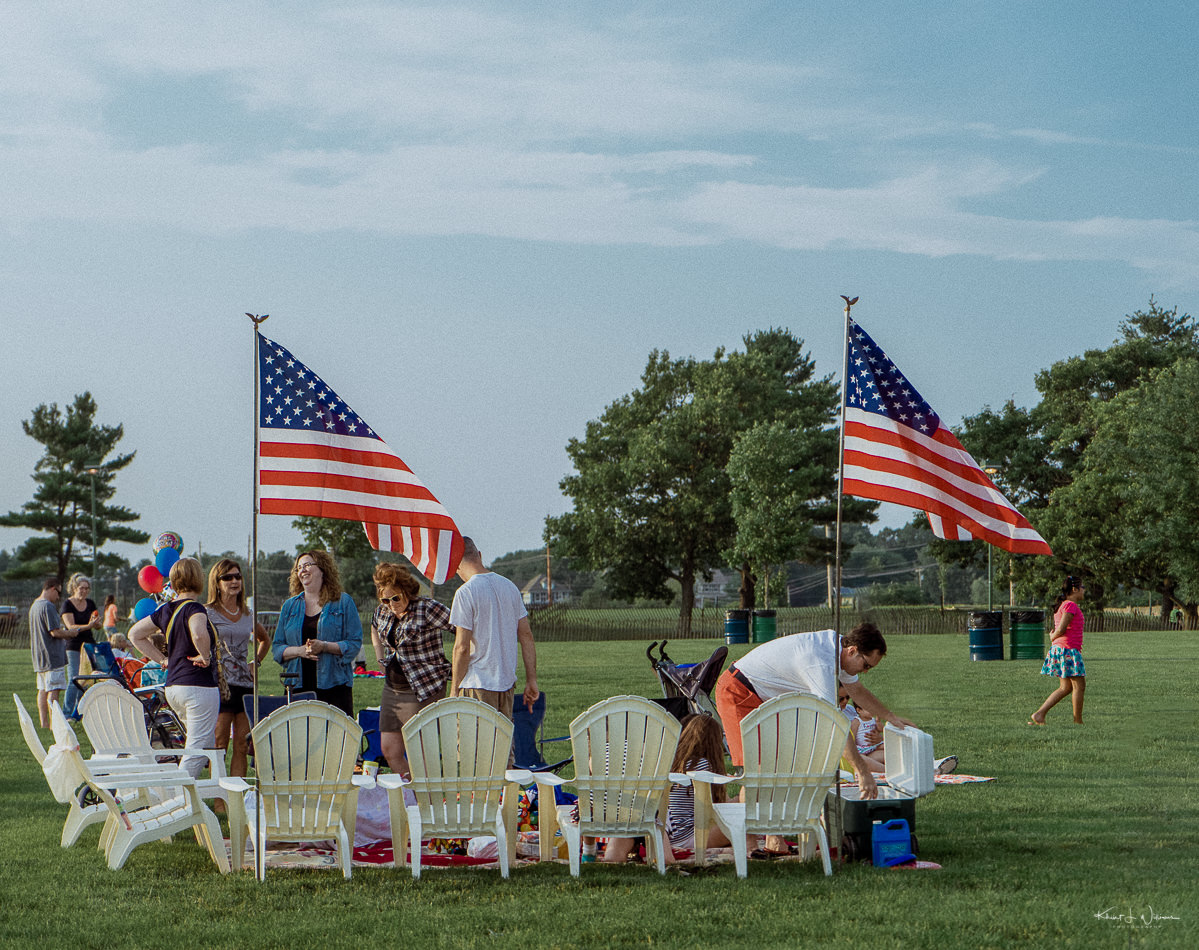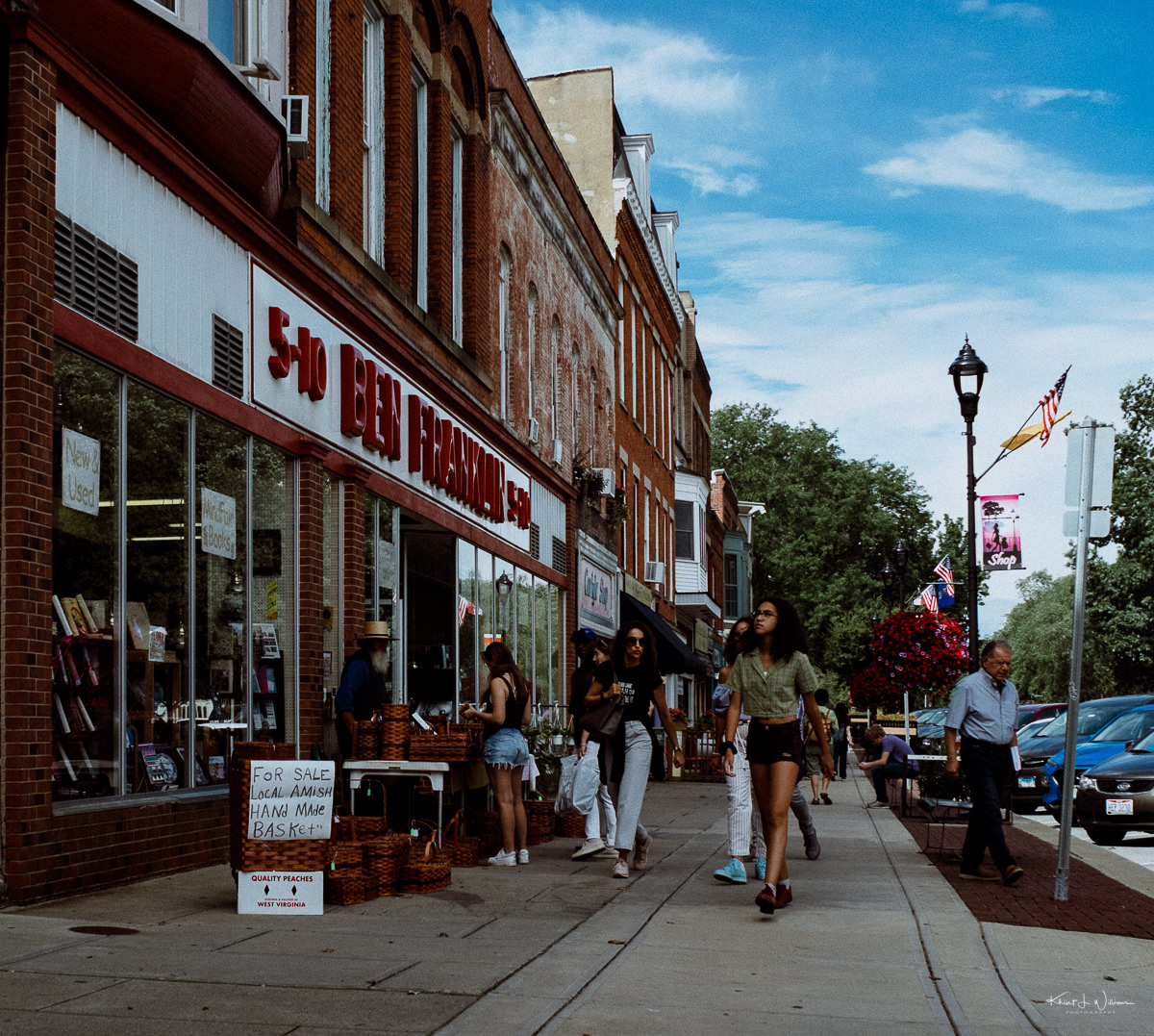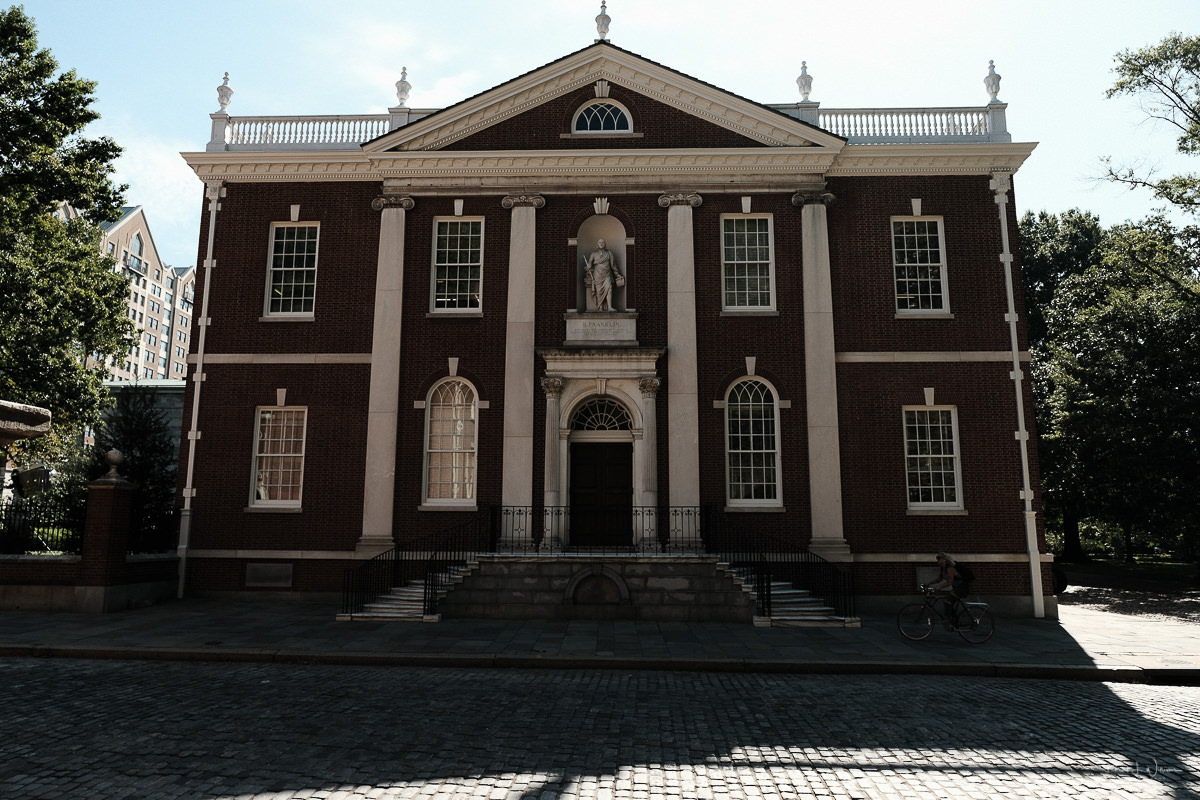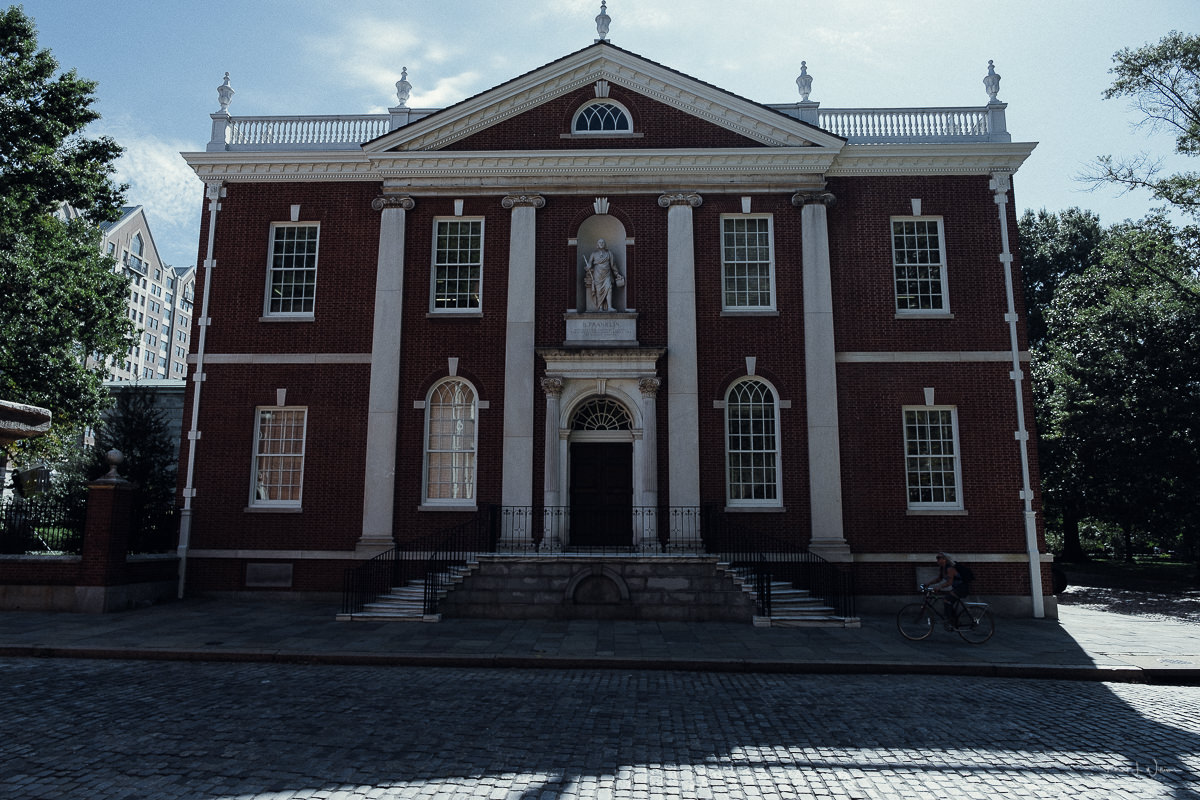This past Thursday, I got my camera back from the Fujifilm repair centre in Edison. The shutter button had failed, and they had to replace the entire top plate.
I missed the camera, and while it was out for repair, I could feel what I can only describe as withdrawal. While the iPhone is capable of capturing excellent images, I missed the feel of the Fuji in my hands, putting the viewfinder to my eye, and the soft click of the shutter.
One thing I want to change is how I used the camera. I think I had developed a nervous tick of turning the camera on and off between bursts of photography, most likely trying to save the battery. I have four batteries so really I have enough for an entire day out in the cold taking photos. I’ll retrain myself to rely on the auto-shutoff feature.
Now that my camera is back, I want to test out a few film simulation recipes I discovered around the web. All of these are based on either Classic Chrome or ACROS. Three of them I especially want to try attempt to replicate the look of the new Fujifilm Simulation, Classic Negative, which debuted with the Fujifilm X-Pro3 and X100V.
First up is Chrome Eggleston which Peter Dareth Evans has documented on his web site. It's a bit "light" for my taste but Peter did advise that it was good for "dystopian brutalist architecture" and nostalgia. All images are SOOC JPEG and either cropped or perspective adjusted.
Origin: Based on William Eggleston's sombre but beautiful rich colourwork using the old Kodachrome.
Intent: Whenever I want a rich, warm and nostalgic feel, this is the one to go for. Also surprisingly good for dystopian brutalist architecture. A good all-rounder.
Film Simulation: Classic Chrome
Dynamic Range: AUTO
Noise -3
Sharpness -1
Grain Effect: Off
Highlight Tone: +2
Shadow Tone: +2
Colour: -2
